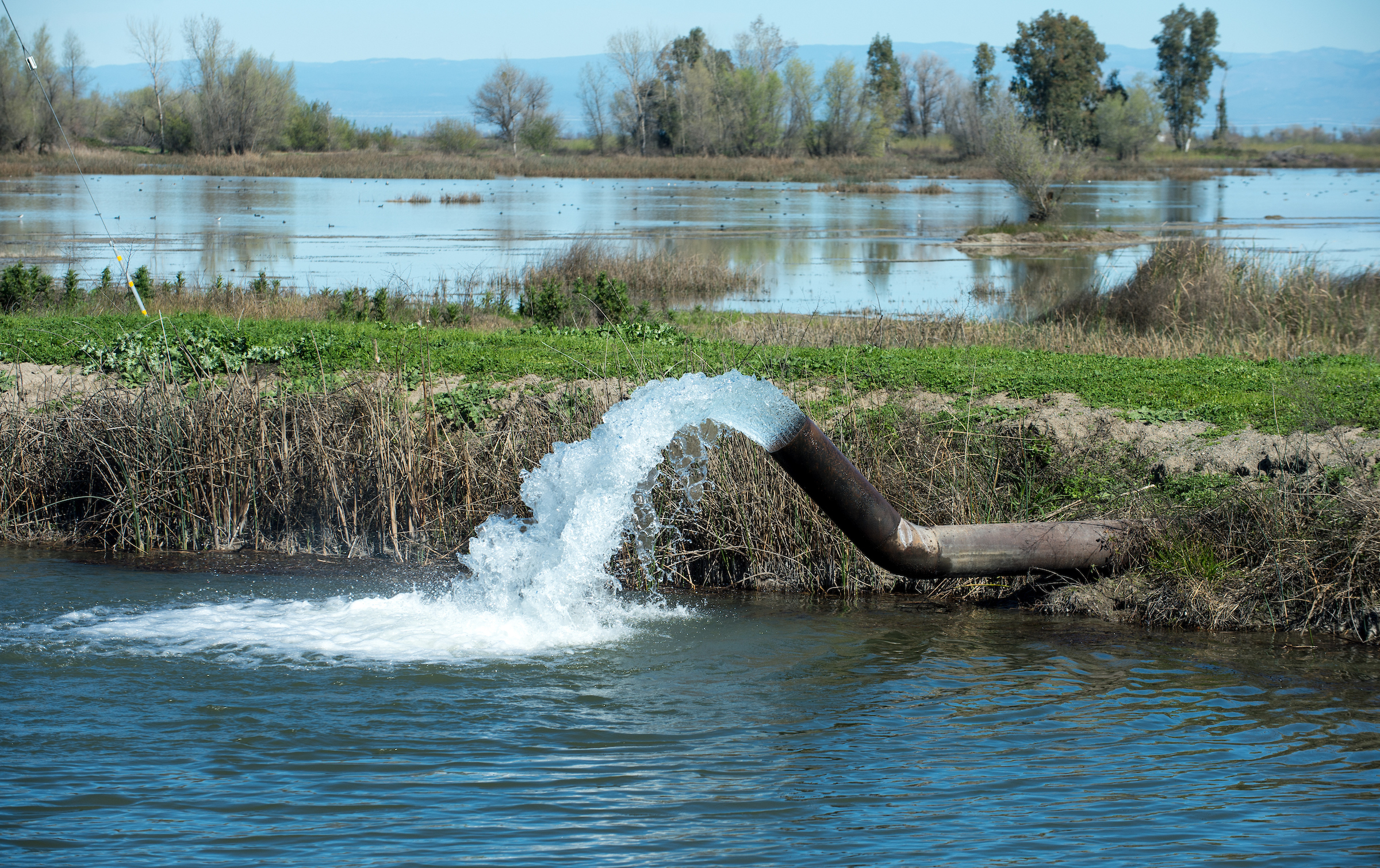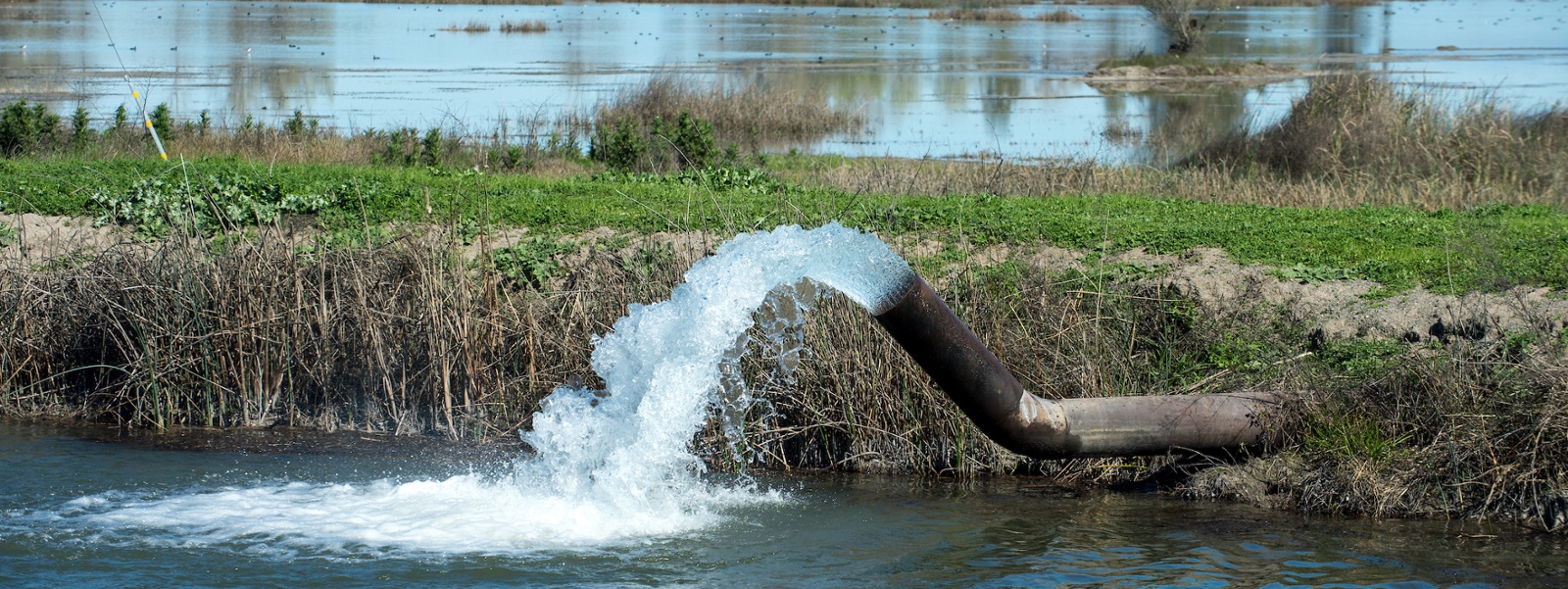EPA announces it will revise 'waters of the U.S.' definition

Photo/California Department of Water Resources

By Caleb Hampton
The U.S. Environmental Protection Agency plans to review the definition of “waters of the United States,” or WOTUS, EPA Administrator Lee Zeldin announced this month. Zeldin pledged to work with the U.S. Army Corps of Engineers to quickly revise the definition, which determines which waters are subject to the federal Clean Water Act.
“The previous administration’s definition of ‘waters of the United States’ placed unfair burdens on the American people and drove up the cost of doing business,” Zeldin said in a statement. “Our goal is to protect America’s water resources consistent with the law of the land while empowering American farmers.”
The pledge by the Trump administration’s EPA to revise the WOTUS definition follows a 2023 U.S. Supreme Court ruling that restricted the reach of the Clean Water Act. In Sackett vs. EPA, the court ruled that the act applies only to streams and wetlands that are connected to navigable waterways.
After that ruling, the Biden administration revised its WOTUS definition to comply with the new limits imposed by the court. However, farm advocates argued that revision remained inconsistent with the Supreme Court ruling. The American Farm Bureau Federation sued to challenge it.
AFBF applauded the EPA’s announcement this month that the agency plans to revise the definition.
“I’m pleased that EPA Administrator Lee Zeldin has listened to the concerns of farmers and is making strides toward getting rid of the guesswork,” AFBF President Zippy Duvall said in a statement. “The foundation he laid today is the first step toward creating clear WOTUS implementation guidelines, which will help farmers protect the environment while ensuring they can grow the food America’s families rely on.”
Kari Fisher, senior counsel and director of legal advocacy for the California Farm Bureau, said the ever-shifting definition of which waters are subject to the Clean Water Act has created challenges for farmers.
“With the continuous pendulum swing of what is defined as a water of the United States, it’s very hard for farmers and ranchers to know how to figure that out on the ground,” Fisher said. “The hope is that we get a clear and easily implementable definition that is consistent with the Sackett ruling. That way we can stop this continuous cycle of changing definitions.”
Before doing any farming practices that can impact WOTUS, farmers must go through a lengthy process of applying for and receiving a Clean Water Act permit, with violators subject to civil and criminal penalties. The process includes having the Army Corps of Engineers inspect the land and evaluate areas with potential WOTUS.
“All of that takes time and money,” Fisher said.
Two factors have typically determined whether a body of water is subject to the Clean Water Act: whether it is relatively permanent and whether it has a “significant nexus” to other waterways.
However, “Those two tests have been applied in various ways, depending on the administration,” Fisher said. Furthermore, she said, in some cases, pools of water that appear on farms may be defined as wetlands, or may have a sub-surface connection to a WOTUS, making the pool subject to the Clean Water Act despite the connection not being visible to the naked eye.
The confusion around the WOTUS definition and the frequent revisions of it have caused frustration and confusion for farmers.
“If there was a depression spot in your field that met the classification of a water of the U.S. and you were to plow the field to plant your hundred acres of tomatoes or whatever it may be, just the turning over of the soil would be in violation of the Clean Water Act,” Fisher said. “It doesn’t have to necessarily be the application of a pesticide. It could be the mere use of the land, turning it over into another form.”
The EPA said in a press release that in its revised WOTUS definition, it will prioritize “clarity, simplicity and improvements that will stand the test of time.”
Meanwhile, farmers and ranchers in California could still be affected by new and potentially stricter clean water protections.
Environmentalists have argued the decision in Sackett vs. EPA could expose wetlands and other vital water bodies to pollution. In response to the Supreme Court ruling, California state Sen. Ben Allen, D-Santa Monica, introduced a bill last month designed to restore clean water protections for streams and wetlands in the state.
Senate Bill 601 calls for clean water protections that meet or exceed those implemented by the Biden administration. Like the Clean Water Act, it would require businesses to seek permits before discharging into a protected water. The California State Water Resources Control Board would be charged with enforcing the proposed legislation, which is titled the Right to Clean Water Act.
The U.S. EPA announced it will hold public listening sessions this month and next month to solicit stakeholder recommendations on redefining WOTUS.
“It is critical that family farmers and ranchers have a strong understanding of the boundaries of this regulation, including clear definitions for significant terms such as ‘continuous surface connection’ and ‘relatively permanent,’” California Farm Bureau President Shannon Douglass said in a statement. “It is our hope that this opportunity to provide feedback to the agencies will result in durable implementation guidelines and certainty for California’s farmers and ranchers.”
Caleb Hampton is assistant editor of Ag Alert. He may be contacted at champton@cfbf.com.




